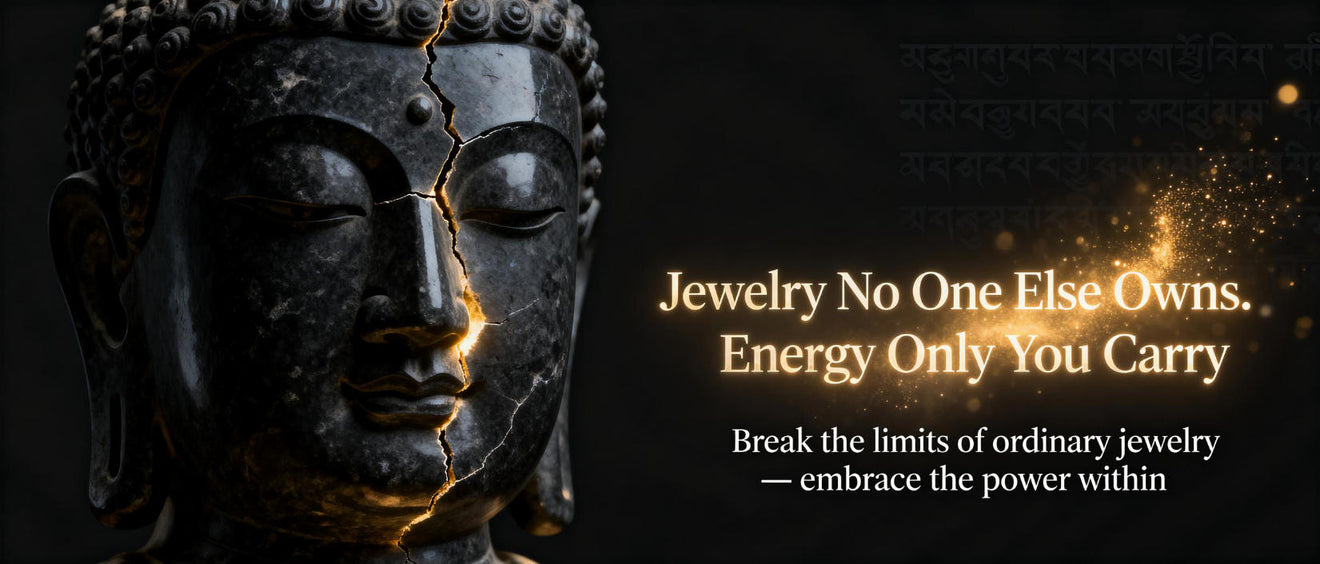
Within the intricate fabric within Himalayan spiritualism are present two celebrated items: the thangka and the bodhi bead. Each, in its own unique way, serves as a conduit to spiritual enlightenment. The thangka, a hand-painted tableau, delineates sacred characters, spiritual mandalas, or traditional chronicles, assisting meditative practice.
Conversely, the bodhi bead, often crafted from noble stones, lumber, grains, or bony material, is a tangible reminder of Buddha's liberation under the bodhi tree. Holding these beads during prayer or meditation helps to focus the mind.
- In unison, the thangka and the bodhi bead signify the path to liberation. They offer a tangible link to the ancient wisdom of Tibetan Buddhism.
Chronicles Inscribed in Camel Ossicles
Spanning bygone centuries, ancient treasures whisper tales regarding a world long elapsed. These are not gilded objects from shadowed empires, but humble camel bones engraved with inscriptions that harbor the secrets of a bygone epoch. All elements preserve the echo from a life lived, a journey made, and a connection to the venerable wisdom encompassing which embraces us all.
- Such relics
- Fragments
- Provide
Unlocking the Symbolism within Thangka Masterpieces
Tangkas are radiant paintings on canvas, meticulously crafted by Tibetan artists to depict holy figures and scenes from Buddhist teachings. Each detail within a thangka is laden with symbolism, forming a complex tapestry of visual narratives that guide the viewer on a spiritual journey. The chromatics used in thangkas are not merely aesthetic choices but carry deeper connotations, standing for different aspects of the Buddhist beliefs. From the imposing figures to the intricate designs, thangkas offer a window into the rich world of Tibetan Buddhism, inviting us to meditate upon its principles.
- Ancient thangka art often depicts key Buddhist figures such as Buddha Shakyamuni, Bodhisattvas like Avalokiteshvara and Manjushri, and enlightened beings from various movements of Tibetan Buddhism.
- Inside these representations lies a wealth of understanding that can be understood by those who engage the symbolic language of thangkas.
Buddha's Path to Enlightenment: Embodied in Beads and Bone
Upon the winding journey to transcendence, the Buddha adopted symbols imbued with profound influence. Every bead and bone held within them the heart of his wisdom, demonstrating glimpses into the fabric of reality. Using their design, the Buddha expressed profound concepts that elude the realm of earthly perception.
From the spiritual beads, crafted from unique materials, flowed vibrations that sounded with the nuanced vibes within. The remains of a sentient, meticulously transformed into tokens, served as tangible signals of the impermanence innate to all creatures.
Thangkas: Windows into Himalayan Spirituality
Thangkas glowing paintings on cloth serve as influential representations of Himalayan spirituality. These intricate works of art, meticulously created with finest brushstrokes, depict a vast array upon Buddhist deities, mandalas, and scenes from holy scriptures. Each thangka is a contemplative aid for meditation and contemplation, offering awareness into the multifaceted teachings of Buddhism.
- They are often used in ritual ceremonies in the context of
- evoking states of spiritual enlightenment.
- Thangkas exist not merely decorative treasures but rather gateways into the rich and spellbinding world of Himalayan spiritual traditions.
Discover the Depth of Bodhi Beads: A Path to Mindfulness and Compassion
Each pellet on a bodhi bead mala whispers tales of ancient wisdom, guiding us on a odyssey through the tranquil waters of mindfulness. As we grip these intricately formed beads, our fingers trace the contours of singular one, anchoring our mind in the present moment. The gentle burden of the beads against our palms serves as a tangible reminder to breathe, fostering a sense of equanimity.
- Upon each bead that passes between our fingers, we grow compassion, extending it first to ourselves and then outward to the world.
- Oriental wisdom teaches us that mindfulness is a art form that requires patience and steadfastness.
By the use of the rhythmic repetition of mantra or simply the mindful tracking of the beads, we disengage from the relentless chatter of the mind.
The practice incorporating bodhi beads is a subtle invitation to reawaken our connection with ourselves and the world around us.
Spiritual Artistry: Designing Camel Bone Bracelets for Growth
Intention is a powerful force in our lives, shaping our experiences and guiding us towards our fated course. When we combine this intention with the old knowledge of crafting a camel bone bracelet, we create a potent synergy that can expedite our spiritual growth.Camel bone carries profound symbolism, representing fortitude. Its natural beauty and vintage attractiveness serve as a constant reminder of the inherent power within each of us.As we carefully select each bone, infuse our intentions into the bracelet. With every knot or stitch, we weave in our hopes, dreams, and aspirations for spiritual evolution. This act of creation becomes a powerful affirmation, merging us with our inner wisdom and guiding us on a journey of self-discovery.- Use the bone’s natural designs to enhance symbolic resonance.
- Picture your goals interlaced in the bracelet’s form.
- Wear it as a constant reminder of your commitment to growth and transformation.
Camel Bone and Buddhist Symbolism: A Legacy of Meaning
In the rich tapestry amidst Buddhist tradition, artifacts often hold profound symbolic meaning. Within these varied objects, camel bone stands out as a exceptional and gripping element. Across history, this material has been utilized in the crafting within various Buddhist instruments, each imbued with specific symbolisms.
- Recognized as a symbol of resilience and strength due to the camel's ability to endure in harsh environments, camel bone often reflects spiritual fortitude.
- Furthermore, the color and texture with camel bone are believed at some to hold auspicious connotations, representing purity and serenity.
Hence, camel bone has become a prized part of Buddhist heritage, serving as a tangible bridge to the profound teachings embodied by this ancient faith.
Thangka Masterpieces: Narratives in Color
Within the ethereal realm of Tibetan Buddhism, Thangka paintings emerge as sacred portals to enlightenment. These works, meticulously crafted by skilled artists known as thangkapa, depict a myriad in an array of vibrant deities, celestial beings, and mythical creatures. Each brushstroke embodies profound spiritual significance, narrating ancient tales and philosophical ideas.
- Covering a vast compendium of Buddhist iconography, Thangkas serve as both devotional objects and instructional tools. Zealous practitioners gaze upon these paintings during rituals and meditations, seeking to acquire spiritual wisdom.
- Ornately decorated with intricate details featuring a vast array of vibrant hues, Thangkas are considered windows into the divine. All painting acts as a symbolic representation of the Enlightened One's teachings and the path to liberation.
Employing their intense imagery and symbolism, Thangka paintings offer a glimpse into the rich sacred traditions of Tibet. They are a testament to the enduring elegance of Tibetan art and its profound ability to enlighten.
Embracing the Duality: Thangkas and the Cycle of Life and Death
Thangkas, intricately detailed Tibetan paintings, illustrate a profound dialogue on the temporary aspect of life. Each intricate rendering depicts deities and beings engaged in the ongoing venture of life and death, a concert of birth, Buddhist prayer beads growth, impermanence, and rebirth. The artists skillfully weave these concepts within the thangka's sphere, highlighting the interconnectedness of all things. Through vivid emblems, they invite us to ruminate on our own being. The cycle recurs, a rhythm of coming and going, stressing the preciousness of each moment. By embracing this duality, thangkas teach us to accept the beauty in both life's joys and sorrows.Lines of Commitment: The Significance of Bracelets in Buddhist Practice
In the intricate tapestry of Buddhist practice, seemingly minimalist objects often hold profound meaning. Among these are bracelets, which serve as tangible emblems of devotion and commitment to the practice of Buddha. Worn on the wrist, a bracelet serves as a constant reminder of one's aspirations and desires. It can mirror the impermanence of life, inspiring practitioners to remain focused in the present moment. Some bracelets may possess sacred characters, such as mantras or the names of Buddhas, which are regarded to draw in positive energy and defense. Others are commonly made from materials with spiritual significance, like sandalwood or lotus seeds, increasing the bracelet's force. Ultimately, the significance of a Buddhist bracelet derives far beyond its physical form. It becomes a powerful tool for meditation, a catalyst to live in harmony with the teachings of Buddha, and a origin of one's unwavering commitment.